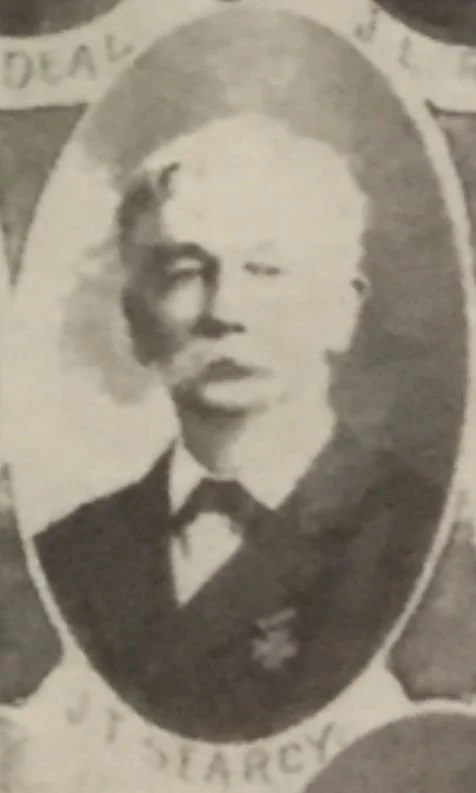
Mount Vernon
Arsenal and Barracks
The Mount Vernon Arsenal was established in 1828 by the U.S. Army near Fort Stoddert and a few miles from the MOWA Choctaw settlement on Red Fox Road. It was built on a historic Indigenous site that unearthed burial grounds and artitacts during its construction.
The arsenal served as one of the U.S. Army's main ammunition plants until the Civil War, when the Confederate Army seized it for the duration of the war. Returned to the federal government after the war, it was renamed Mount Vernon Barracks and used as a prison. Walter Reed, a U.S. Army physician who confirmed that mosquitos spread yellow fever, was the post's surgeon in the 1880s.
In 1895, the property, land, and buildings were given over to the state of Alabama to be used as a psychiatric hospital for African Americans until it was desegregated in 1969. Initially known as the Mount Vernon Hospital for the Colored Insane, it was renamed Searcy Hospital in 1919, honoring its first superintendent, Dr. J.T. Searcy. Steeped in a tragic history, Searcy remained open until 2012.
Ancestors of the MOWA Choctaws helped build the brick walls around the arsenal. Sancer Byrd shared how his grandfather "helped build the wall at Searcy [Mt. Vernon Barracks]. where the soldiers slayed. He hauled clay for the government, four mules to the wagon He made bricks for the wall down there.
Did you know?
Between 1887 and 1894, Mount Vernon Arsenal became a holding ground for Geronimo and several hundred Apache prisoners and their families who followed. This was after a long conflict (1850-1886) in which Geronimo joined with members of three other Apache bands to fight against the Mexican and U.S. armies in northern Mexico and the American southwest. Losing his entire family (mother, wife, and three children) to the conflict in 1858 only fueled his efforts. After an intense pursuit into northern Mexico in 1886, it took more than 5,000 US soldiers to subdue Geronimo and approximately 70 warriors.
Apache Prisoners in Alabama
In the spring of 1887, Geronimo and about seven hundred Apache men, women, and children were transported to the Mount Vernon Barracks. Initially, they lived in army tents around the barracks walls but eventually moved into log cabins to form a village. During their internment, they were allowed to work for people in the area alongside MOWA Choctaws, cutting wood or working on farms.
Many stories about the Apache are still told in the MOWA community, reporting how the "Indians recognized one another and helped each other out." Luke Rivers shared how the local Choctaws would go to the Apache camps, take their fid-dles, and play music. Others relay family stories about the two communities sharing whiskey and romance, with several children suspected of having come from these relationships.
In 1894, Geronimo and his people were moved again to a prison in Oklahoma. He died at Fort Sill in 1909.
Geronimo, Apache villagers held at Alabama's Mount Vernon were among first 'political prisoners'
The Apache became a point of intrigue. Geronimo's fame attracted spectators from all over and generated a demand to have him appear at various fairs, exhibitions, and parades.
The Apache, in turn, seized the economic opportunity. Richard Weaver remembers seeing "the Apache walking up the road. They bad a lot of beads they were trying to sell." They also gathered around train stops where passengers would also purchase baskets and wood carvings. Geronimo even sold items with tags donning his signature written in pencil, as seen here.
Apache prinsoners at Mt. Vernon Barracks. Left to Right: Chihuahua, Naiche, Loco, Nana and Geronimo
Although Geronimo was never a "chief," he was a highly respected warrior and religious leader. When he visited Dr. Heard's house (the very one you are standing in), he sat on the front porch on the curved wooden bench you see here. Descendants of Dr. Heard moved away and took the bench to California. After several months of negotiations, Dr. John Hall, former director of the Museum of Natural History at the University of Alabama, drove to California and brought the bench back to Alabama.
Apache Jingle Basket made at the Mount Vernon Barracks










